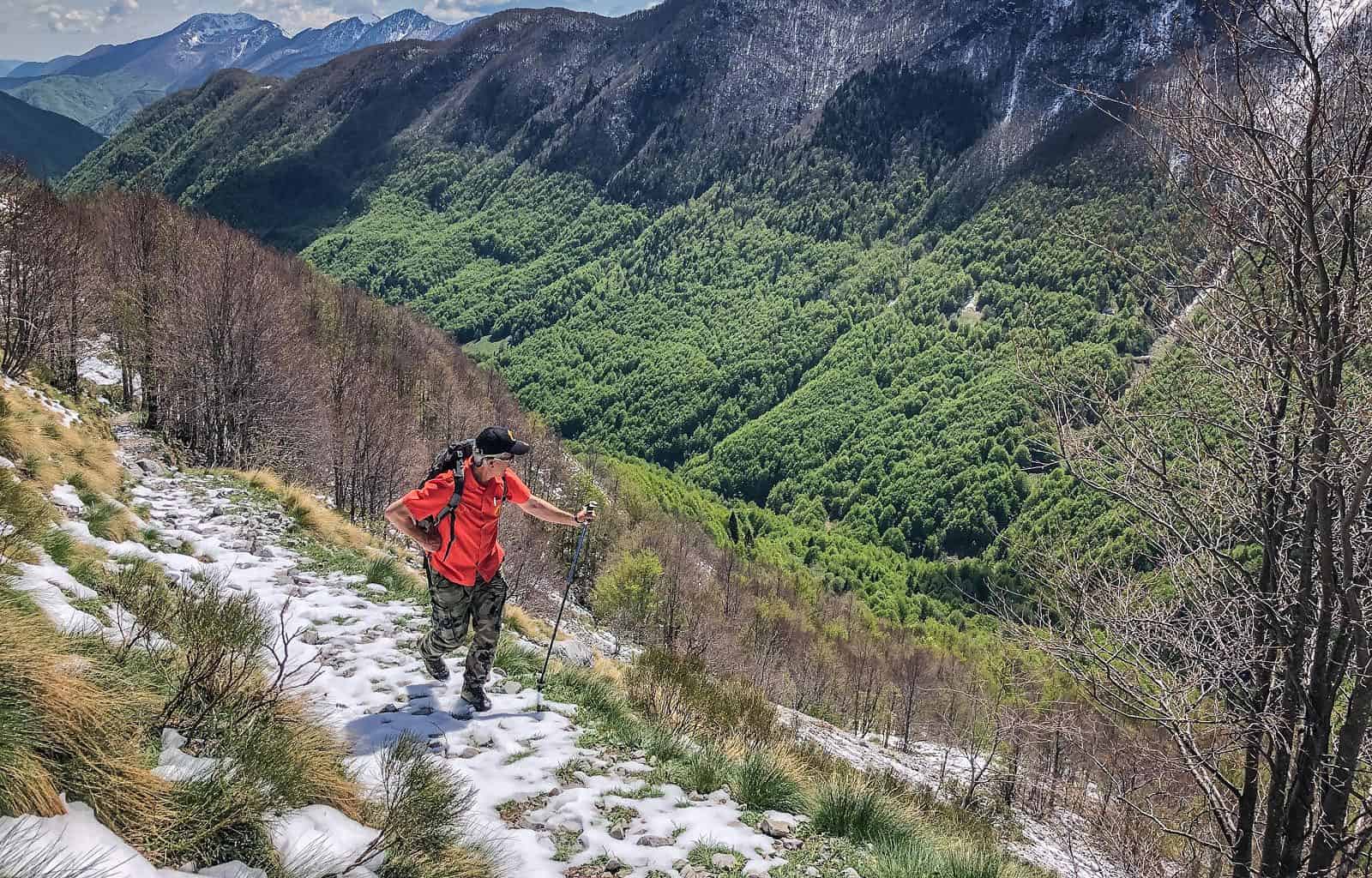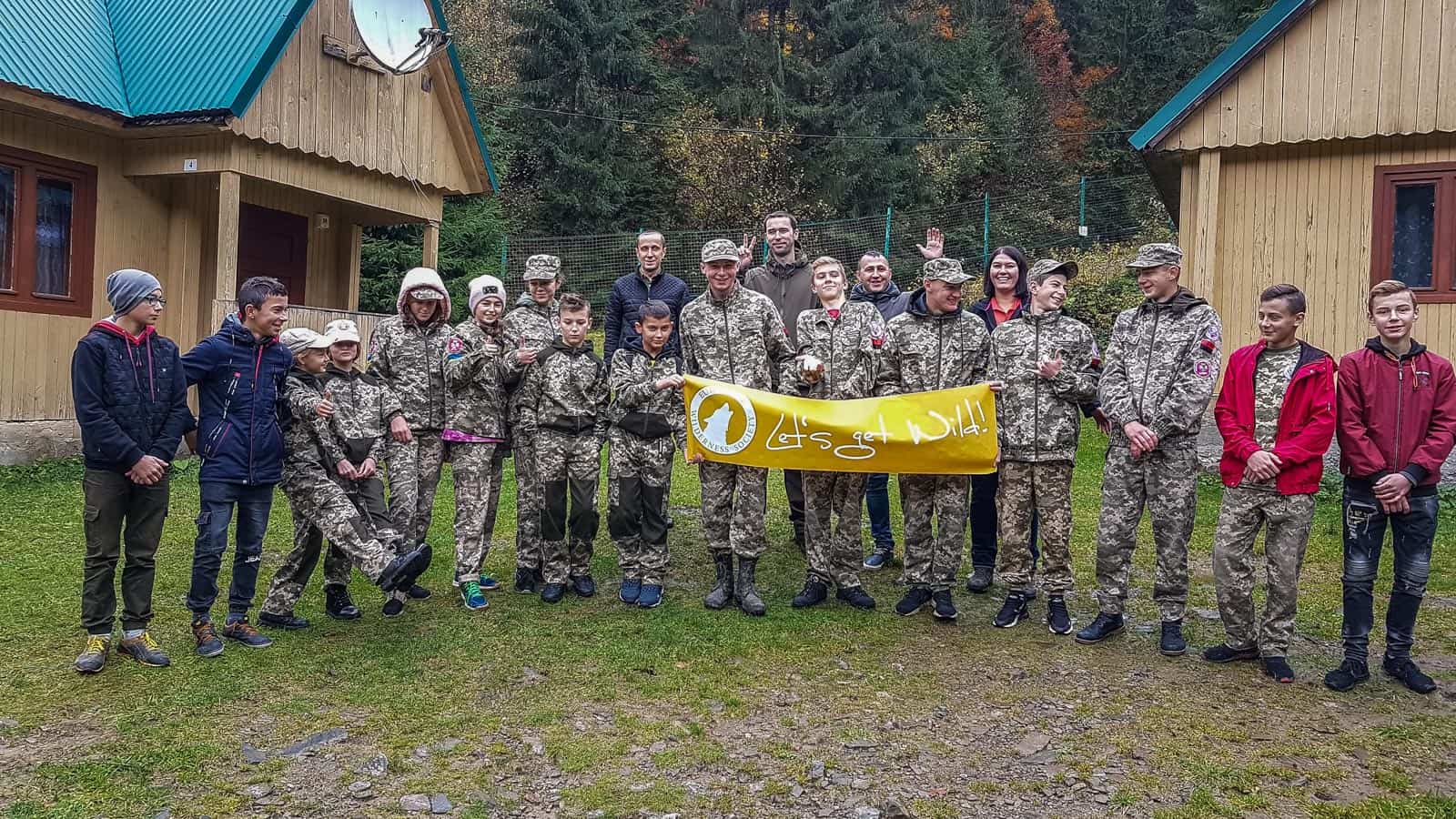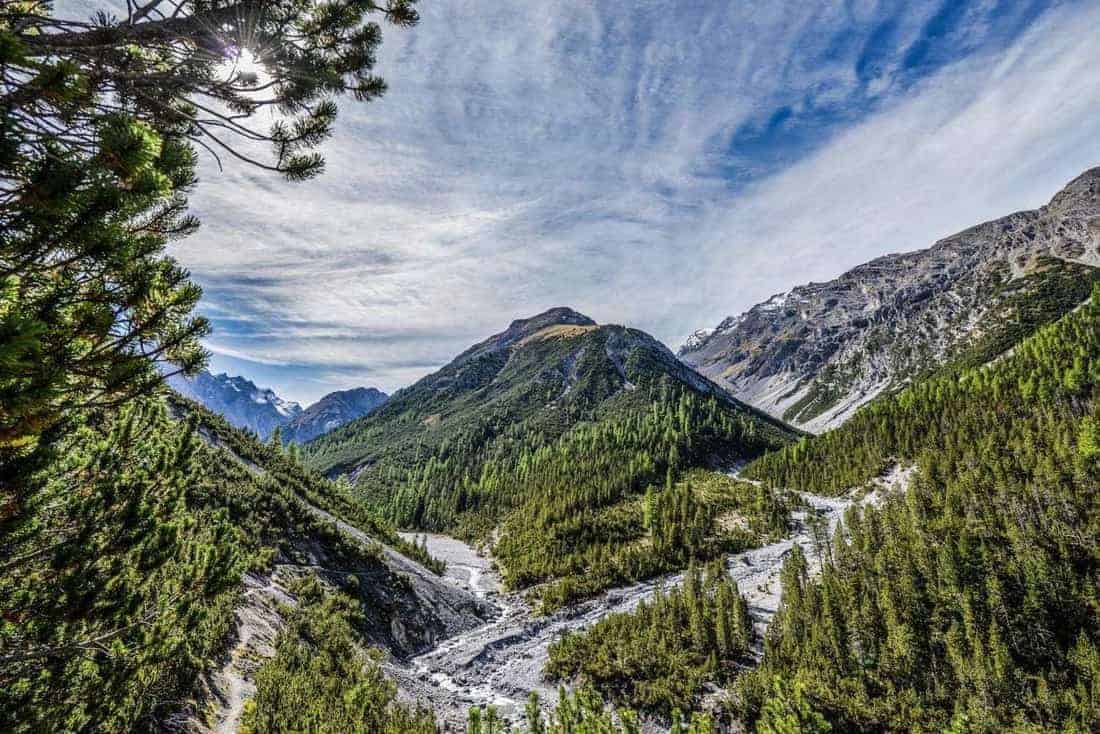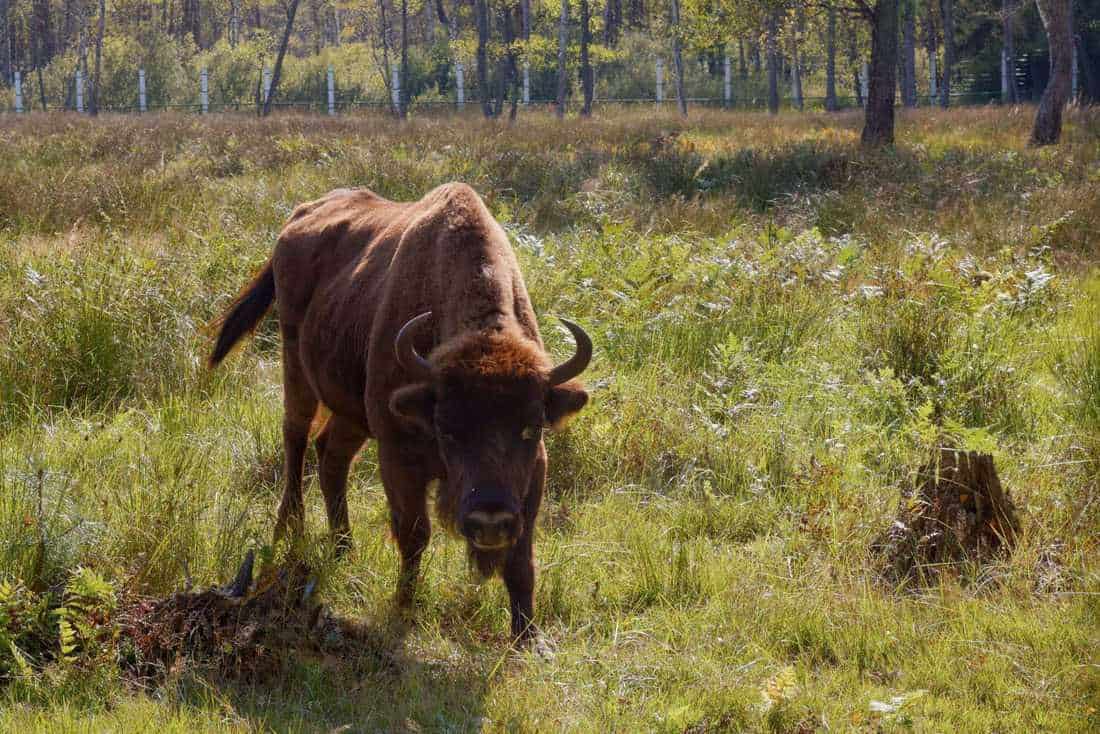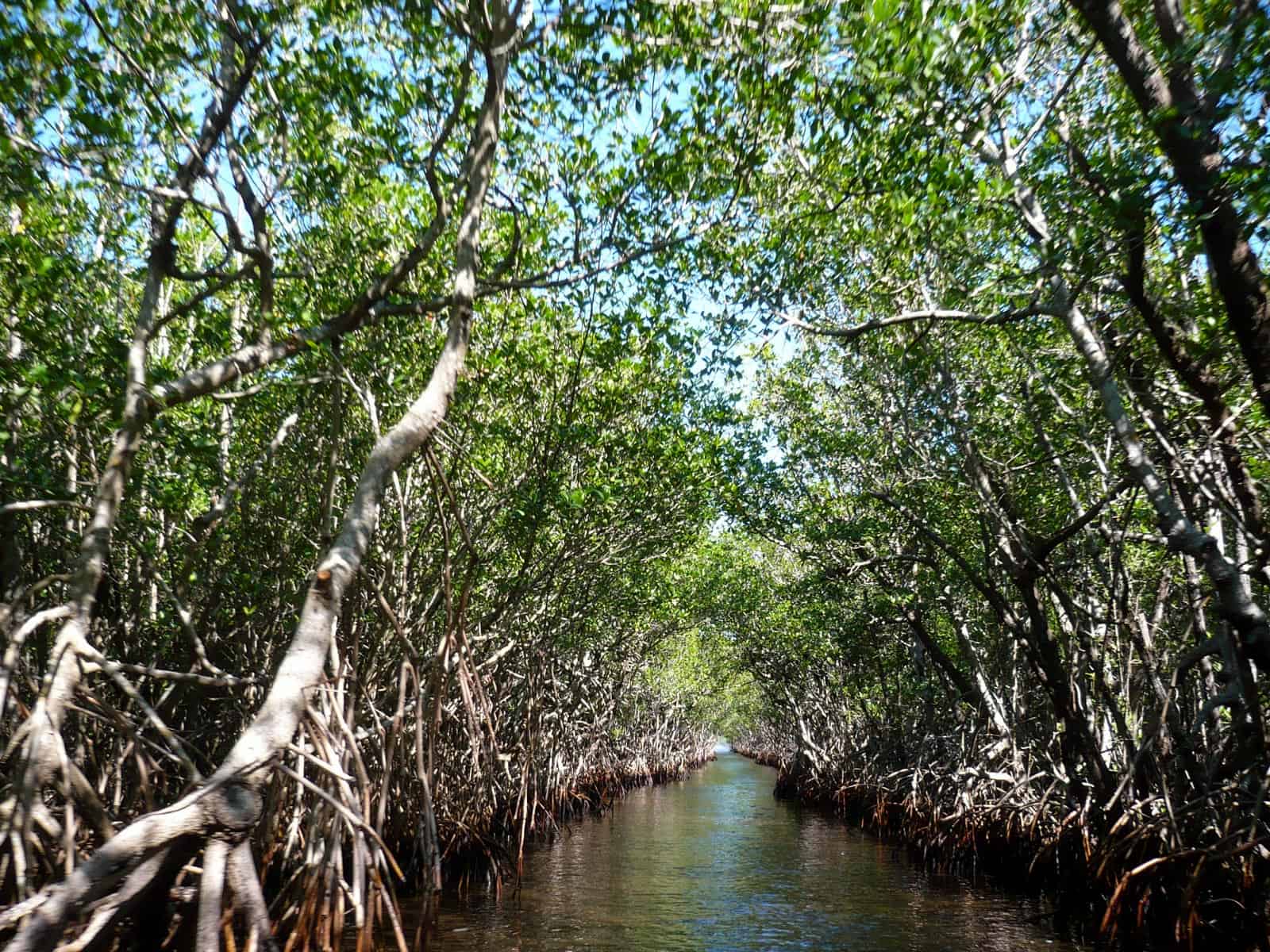Room for improvement in protected area effectiveness
Protected areas play a crucial role in nature conservation. They can provide a safe refuge for animal and plant species that would otherwise suffer more under anthropogenic pressures. Such areas are also key stepping stones for species that migrate or move through the landscape. Yet, just declaring an area to be protected, is not sufficient. A group of researchers came to this conclusion after examining nearly 55 000 protected areas across the world.
Do not disturb, please
If there is one lesson we can learn from the COVID-19 pandemic, it is that humans rely on nature. And more importantly, that nature should have enough space for itself to develop, evolve and maintain. One way in which we designate certain areas for nature, is through protected areas. Following the IUCN criteria, there are different types of protected areas. We differentiate between National Parks, Strict Nature Reserves, Protected Landscapes, and Wilderness for example. But just putting a label on an area is not sufficient to effectively protected it. Such nature conservation efforts need careful and considerate enforcement. It seems that we need to do more than just simply saying, ‘Do not disturb this protected area’.
Study: effective forest protection
In their recent publication, researchers studied what we need to do to effectively protect forests. Forests play an important role in protecting habitats for many different species. And besides this, they are helping to preserve natural resources, including fresh water, clean air and healthy soils. One of the outcomes of the study states that we should focus on forests that suffer most from human-impact, often close to cities. We would need a stricter enforcing of rules and regulations, if we want to prevent further deforestation in these forests.
The researchers found that our society has designated over 4 million square kilometres as protected area in the past 10 years. Yet, we lack documentation on how effective such areas are at protecting. There are cases where wildlife is suffering, for example from poaching or habitat loss, in areas that we designated to especially protect them. In fact, we could have prevented 70% of forest loss in protected areas, researchers conclude.
Building capacity
The conclusion of this study is that we should give more attention to improving the quality of protection. A second important factor, is that we should protect the right places. It might sound obvious, but there is a global pattern to declare remote areas as protected areas, just because there is less conflict with landowners and local inhabitants. Such protected areas contribute less to effective nature conservation, as the human pressure is already relatively low.
One of the ways in which we can start tackling this issue, is by increasing the capacity of protected area staff. We can offer training to staff members to become better at their job. For example, they can learn how to handle conflict situations with unsustainable harvest of natural resources. Or think about how to effectively manage tourism, so to minimise the impact on sensitive areas. Even hiking guides can play an important role in the effective protection of areas.
The European Wilderness Society has been working on a capacity building programme for protected area staff, especially rangers. Last year, over 40 rangers and staff members participated in the first training course. European Wilderness Society organised this course together with our Ukrainian partners as part of a project, which was co-funded by EOCA. In a second Ranger Training course that followed, European Wilderness Society built capacities of another 120 Ukrainian participants. Based on these successes, we are now preparing for the next training courses for protected area staff in Ukraine and other EU countries.
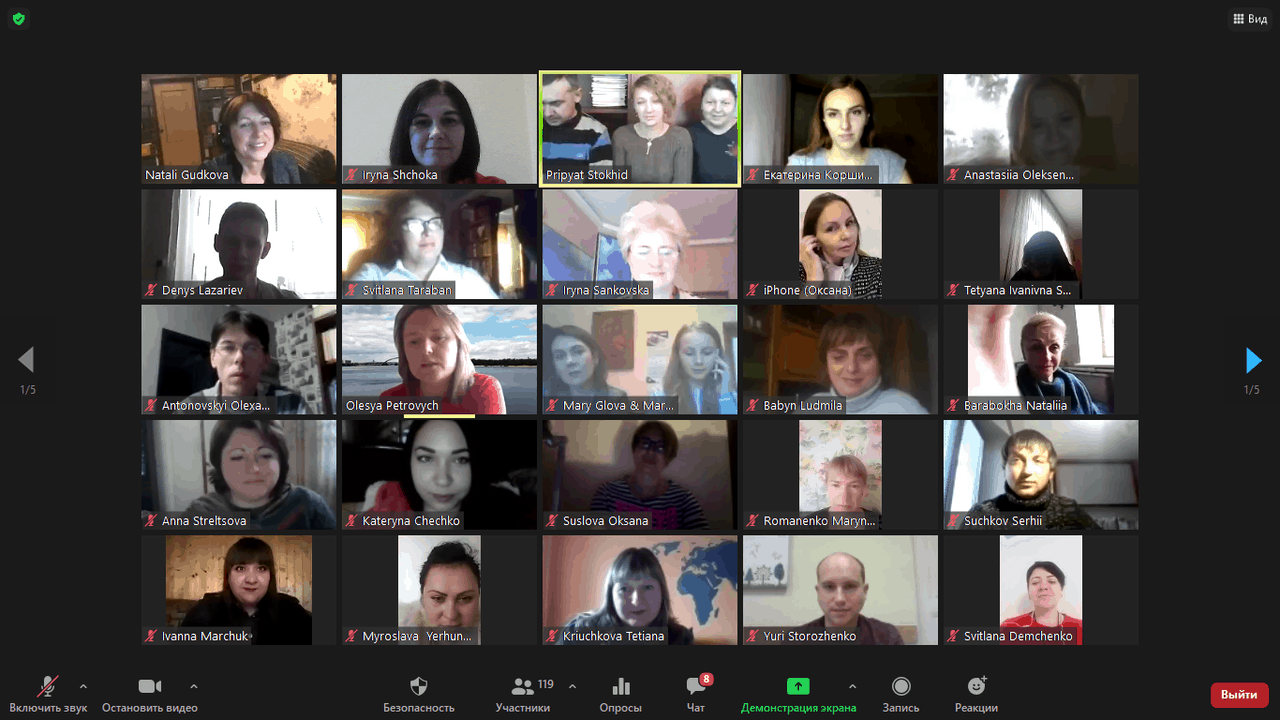
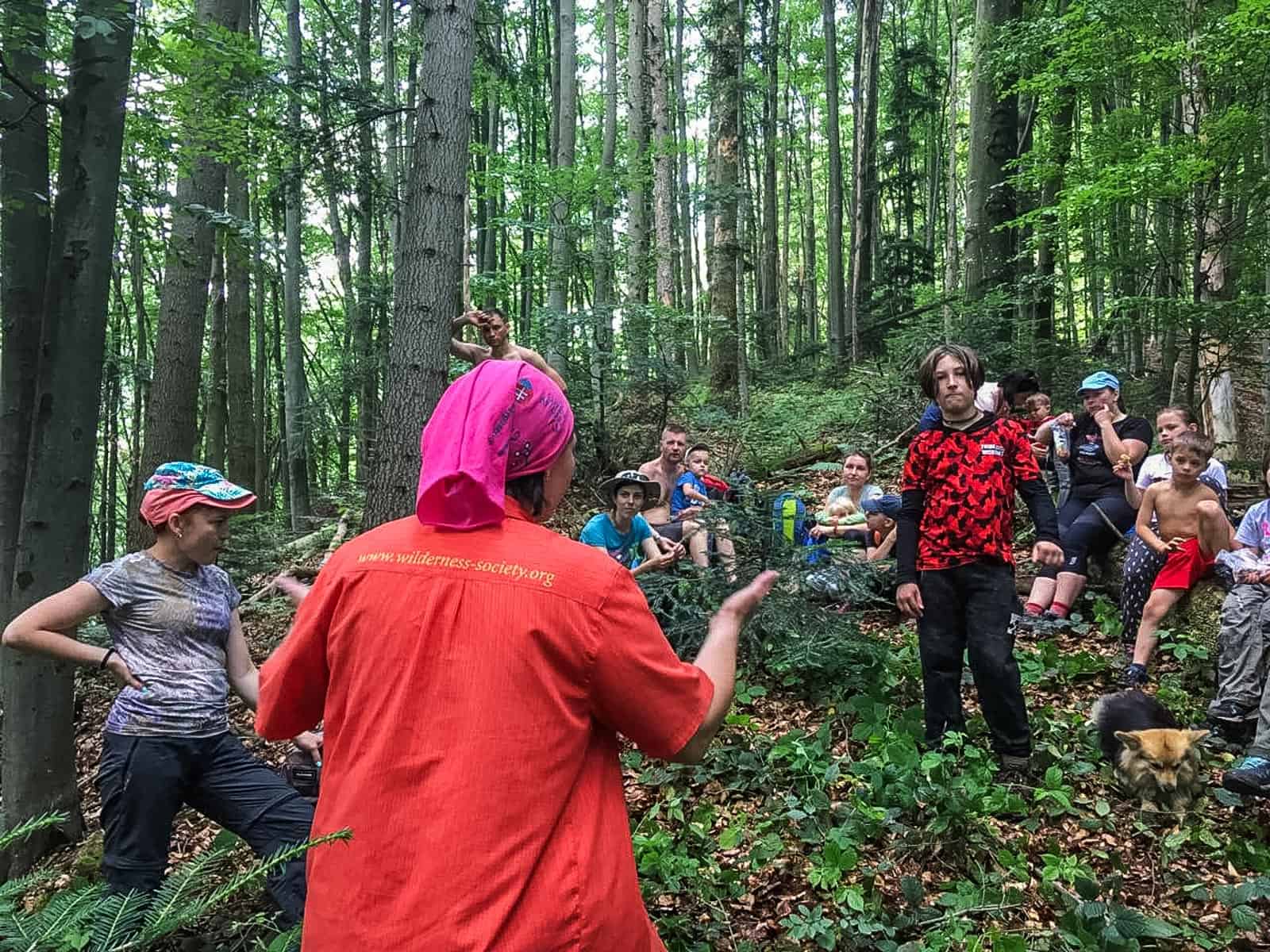
Ukraine Sustainable Tourism Workshop-31388.jpeg – © European Wilderness Society CC BY-NC-ND 4.0 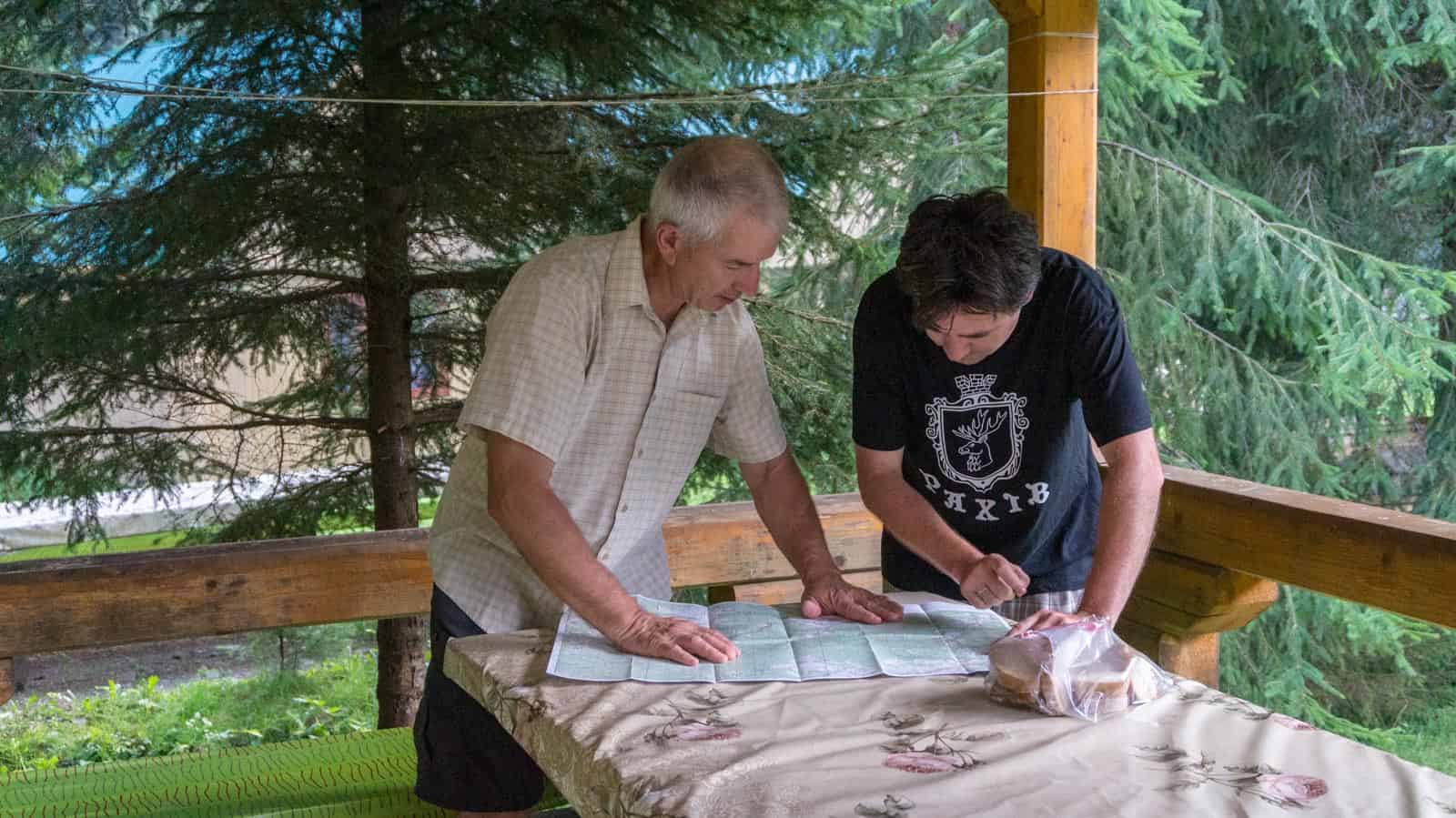
WILDArt Synevyr – 18782.dng – © European Wilderness Society CC BY-NC-ND 4.0 
Bulgaria Trip 2019-28565.jpg – © European Wilderness Society CC BY-NC-ND 4.0 
Koenigsbruecker Heide _ 016.jpg – © European Wilderness Society CC BY-NC-ND 4.0 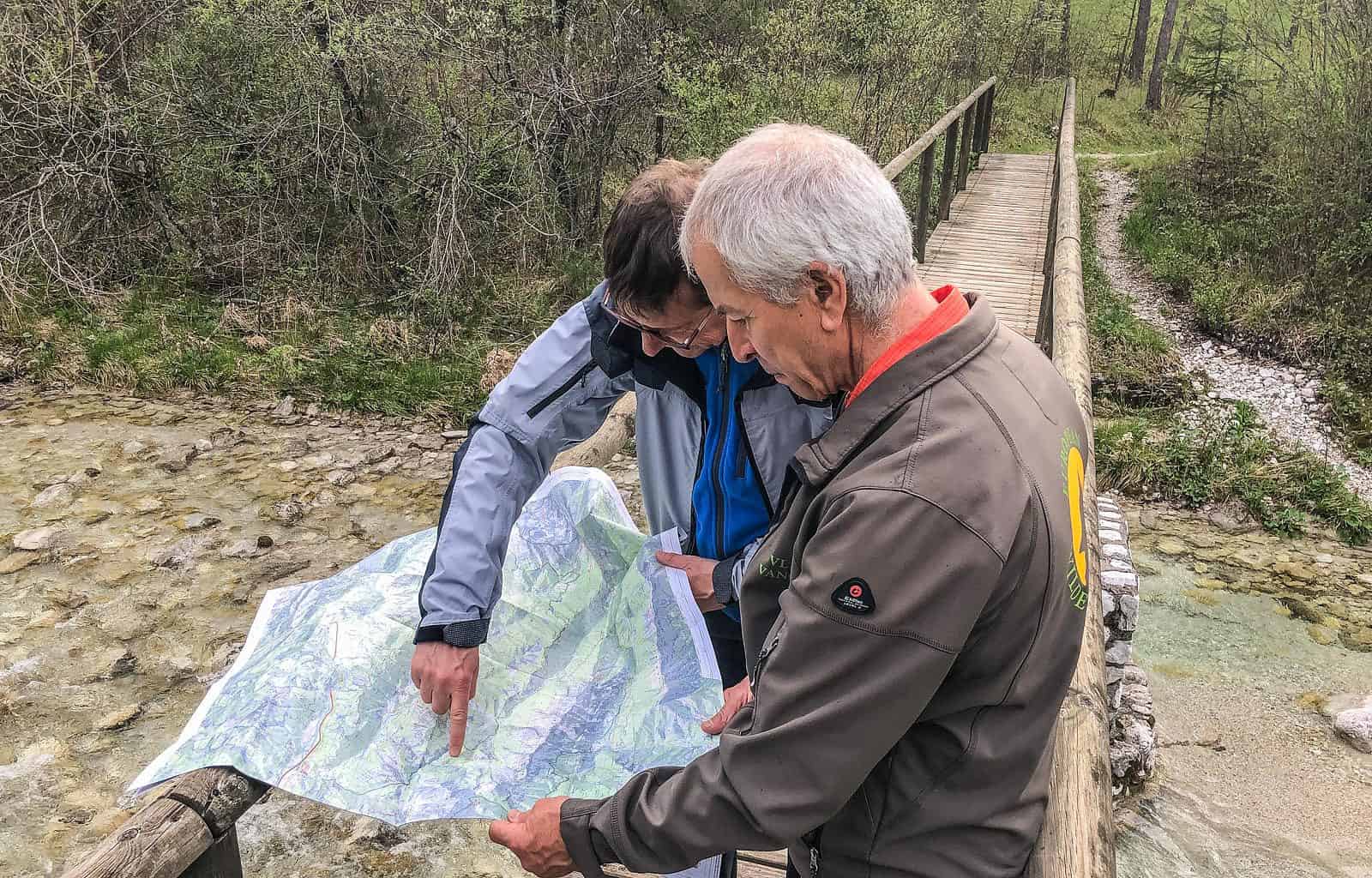
Prealpi Giulie-23139.jpg – © European Wilderness Society CC BY-NC-ND 4.0

